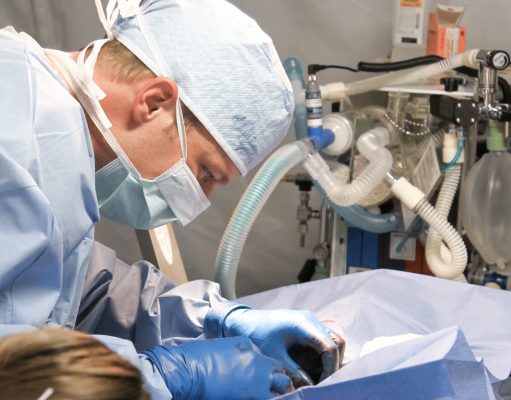(BPT) – Every day your liver works tirelessly to support over 500 essential bodily functions, including storing energy, neutralizing harmful toxins, converting nutrients for absorption and acting as a filtration system. If your liver isn’t healthy, it’s unable to do these important tasks. The problem is, many people’s livers are at risk for a disease that impacts up to one in four individuals. To make matters worse, the symptoms for this disease are subtle and easily mistaken for other health issues.
Nonalcoholic fatty liver disease (NAFLD) is a condition in which fat makes up more than 5% of the weight of the liver, not caused by alcohol use. Left untreated, it can progress into nonalcoholic steatohepatitis (NASH). A whopping 25% of adults worldwide have NAFLD, according to the Global Liver Institute, and about 12% of adults worldwide have NASH.
Risk factors
Obesity and type 2 diabetes are two of the main risk factors for NAFLD and NASH. While many health experts have called obesity a modern epidemic, NAFLD and NASH remain relatively unknown, especially among patient populations. In fact, NASH is sometimes called a “silent epidemic” since its symptoms are not overt and it currently requires invasive biopsy for diagnostic confirmation, but is truly a “hidden epidemic.” Symptoms are present but often overlooked and the disease is under diagnosed because an invasive biopsy is currently required.
The worldwide prevalence of obesity nearly tripled between 1975 and 2016, affecting 650 million adults in 2016, according to the World Health Organization. NASH is expected to become the leading cause of liver transplant by 2020 in the United States, and its prevalence is projected to increase globally in association with obesity and type 2 diabetes growth rates.
Ask your doctor
NASH is poorly known and under-diagnosed. Self-advocacy is an important step for protecting your health, understanding your risks and spreading the word about this growing disease. Symptoms include fatigue, weakness and pain in the upper right portion above your stomach where the liver is located. Keep in mind, it can take years for symptoms to develop and you may have this disease long before you notice any health changes.
To learn more, visit the Global Liver Institute’s website at www.globalliver.org. Then have a conversation with your doctor. Ask about your risk factors and if you should be concerned. Lifestyle changes can make a difference and, if necessary, diagnostic testing can help you better understand your condition.
Beyond the Biopsy(TM) is an initiative of the Global Liver Institute, dedicated to accelerating the acceptance and adoption of non-invasive technologies as an alternative to painful liver biopsies. “Patients need access to a low-risk, non-invasive diagnostic tool so they can better understand the health of their liver and their treatment options. Biopsy may be considered the gold standard in diagnosis of liver disease, but it’s hardly the best science can do,” says Donna R. Cryer, JD, CEO, Global Liver Institute. Beyond the Biopsy joins with patients and health care providers to call for non-invasive alternatives to increase the number of liver patients appropriately diagnosed.
Questions to Ask
If you have two or more risk factors you should be screened, which usually entails bloodwork and imaging. Be aware that liver function tests are not always elevated in early stages so normal levels should not rule out disease. Ask your doctor these questions so you feel empowered:
1. What stage is my disease now and how quickly do we expect it to progress?
2. What is the schedule of lab tests, imaging and visits I should expect over the course of the next year?
3. How much weight loss will I need to achieve to show results for my liver condition?
4. Does your clinic/office/hospital offer nutritionist counseling, social work or other services?
5. Does my insurance cover health coaching, gym membership or other supports for lifestyle change?
6. Are clinical trials available? Should I participate?
7. What medications, if any, are you prescribing me? What are the expected benefits? What are the potential side effects?
8. Would I be a candidate for a liver transplant?
Take action today
Learn more by speaking with your doctor. Whether you or a loved one are at risk, taking the next best step to support your health starts with a conversation.




